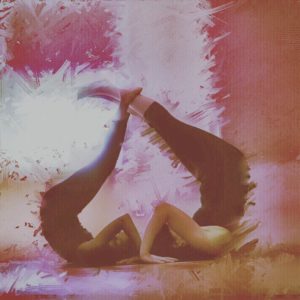New Mini-Course “Herbal Nourishment for the Heart”
We talk about the brain a lot here, but February is the month of the heart. I have gathered some of my favorite herbal allies, heart-nourishing recipes, self-care rituals, mixed with a little poetry and magic in the new FREE mini-course Herbal Nourishment for the Heart.
Click HERE to check it out and register for free.
For those of you who are thinking about creating your own course in your areas of interest or expertise, consider my mini-course as a demo of a fabulous new platform that allows to design and build courses quickly and cost-effectively in a responsive format that works and looks beautiful on all devices. Contact me if you want to learn more. Let’s keep brains and hearts well-nourished with inspiration and new ideas!


 overwhelmed, do you sometimes complain, procrastinate and not take any action at all (or spend hours on social media)? And all this time, you are building resistance. You are not alone. Many people can relate to this experience. Resisting and complaining sap your energy. Whenever you feel the build-up of resistance, you want to stop and think about how you can transform that inner resistance into strength and action.
overwhelmed, do you sometimes complain, procrastinate and not take any action at all (or spend hours on social media)? And all this time, you are building resistance. You are not alone. Many people can relate to this experience. Resisting and complaining sap your energy. Whenever you feel the build-up of resistance, you want to stop and think about how you can transform that inner resistance into strength and action.
 You begin by preparing your dry plant ink. For my ink, I used dry rose petals, chamomile flowers and lavender flowers that I often use to brew teas. Dry herbs, spices, tea leaves are all good options. You can crumble the dry plants with your hands or use a rolling pin.
You begin by preparing your dry plant ink. For my ink, I used dry rose petals, chamomile flowers and lavender flowers that I often use to brew teas. Dry herbs, spices, tea leaves are all good options. You can crumble the dry plants with your hands or use a rolling pin. I like to collect my dry plant ink into a mesh sachet bag. I may even through a few of my favorite crystals into the mix. When not in use, you can keep such sachet on your desk for its beautiful aroma, which will serve as another reminder to your brain of your set intentions. (
I like to collect my dry plant ink into a mesh sachet bag. I may even through a few of my favorite crystals into the mix. When not in use, you can keep such sachet on your desk for its beautiful aroma, which will serve as another reminder to your brain of your set intentions. (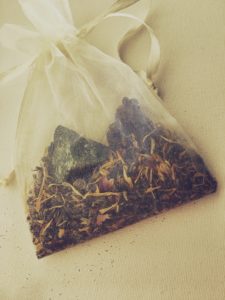

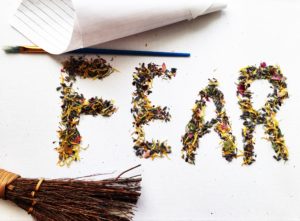
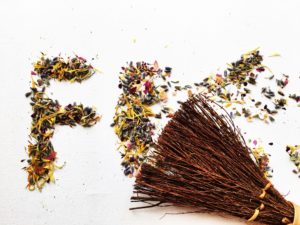


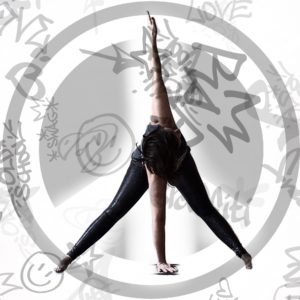 Words of all kinds traverse our meadows…
Words of all kinds traverse our meadows…